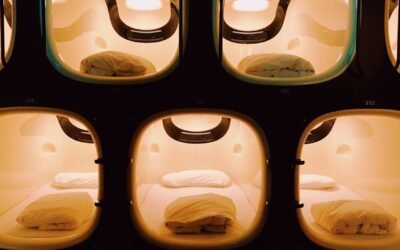Lighting is an essential element in creating a captivating and immersive experience in various forms of entertainment. Whether it’s on stage, in a studio, or a theatrical performance, the type of lighting used can significantly impact the overall production’s mood and atmosphere. Understanding the differences between stage lighting, theatrical lighting, and studio lighting is crucial for anyone working in these industries. Knowing the unique features of each lighting type is essential in determining which lighting is appropriate for a particular performance and how to use it to achieve a specific effect. By grasping the distinctions between these different types of lighting, producers, directors, lighting designers, and technicians can create the desired atmosphere and convey the intended message, leading to a successful and engaging performance.
Stage lighting, theatrical lighting, and studio lighting are all used in different environments and for different purposes.
Stage Lighting
Stage lighting is used in live theater performances, concerts, and other live events. The goal of stage lighting is to enhance the performer’s appearance, mood, and atmosphere of the production. Stage lighting is used to create a specific mood, highlight specific objects or people, or to create illusions. The main objective is to make the audience see what the director wants them to see.
Stage lighting typically uses large and powerful light fixtures designed to project light over a long distance. This is because the lighting must be visible from the audience, which is often located at a considerable distance from the stage. Common types of light fixtures used in stage lighting include floodlights, spotlights, intelligent lighting fixtures like moving heads, and PAR leds. These fixtures are usually mounted on a lighting rig above the stage, which allows them to be easily adjusted and moved during a performance.
Theatrical Lighting
Theatrical lighting is a form of stage lighting but specifically refers to the lighting used in plays and dramas. Theatrical lighting aims to support the script, the mood, and the emotion of the story being told. It includes a more nuanced approach to lighting that incorporates color and intensity changes to highlight specific emotions and feelings of the character.
Theatrical lighting typically involves a more nuanced approach, with the lighting fixtures being used to support the narrative and evoke emotion. As such, theatrical lighting tends to use more precise and versatile fixtures, such as ellipsoidal reflector spotlights (ERS), fresnel lenses, PAR (Parabolic Aluminized Reflector) cans. These fixtures are often mounted on grids or catwalks above the stage, which allows the lighting designer to create highly intricate and dynamic lighting effects.
Studio Lighting
Studio lighting is used in TV and film production. The main objective of studio lighting is to achieve a specific look, mood or atmosphere for the content that is being produced. Studio lighting is highly technical, and it requires a skilled lighting designer who can use lighting to manipulate the scene’s mood and capture it on camera. The lighting has to be precise, constant, and controlled so that the camera can capture the image accurately.
Studio lighting is designed to provide even and consistent lighting on a set or subject being filmed. The type of light fixtures used in a studio will depend on the desired look of the final product. Softboxes, ring lights, and LED panels are commonly used for portrait and product photography, while fresnel lights and kino flo lights are popular for film and video production. The lights used in the studio must be highly controllable, with dimming and color temperature adjustments, to ensure consistent lighting across multiple takes.
In summary, the equipment and light fixtures used in stage lighting, theatrical lighting, and studio lighting differ significantly. The type of fixtures and equipment chosen depends on the specific needs of the performance or production, and the desired lighting effect or look.



